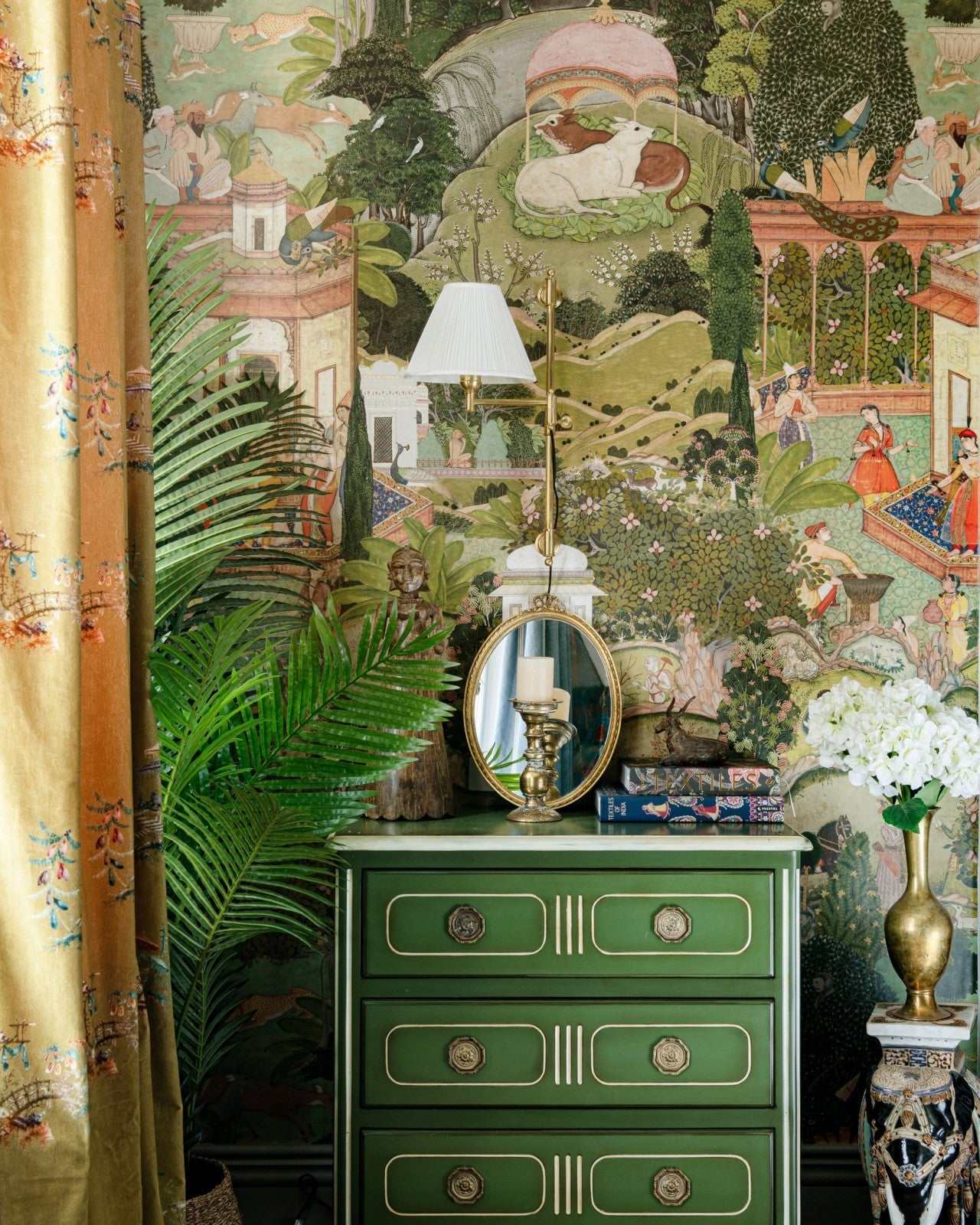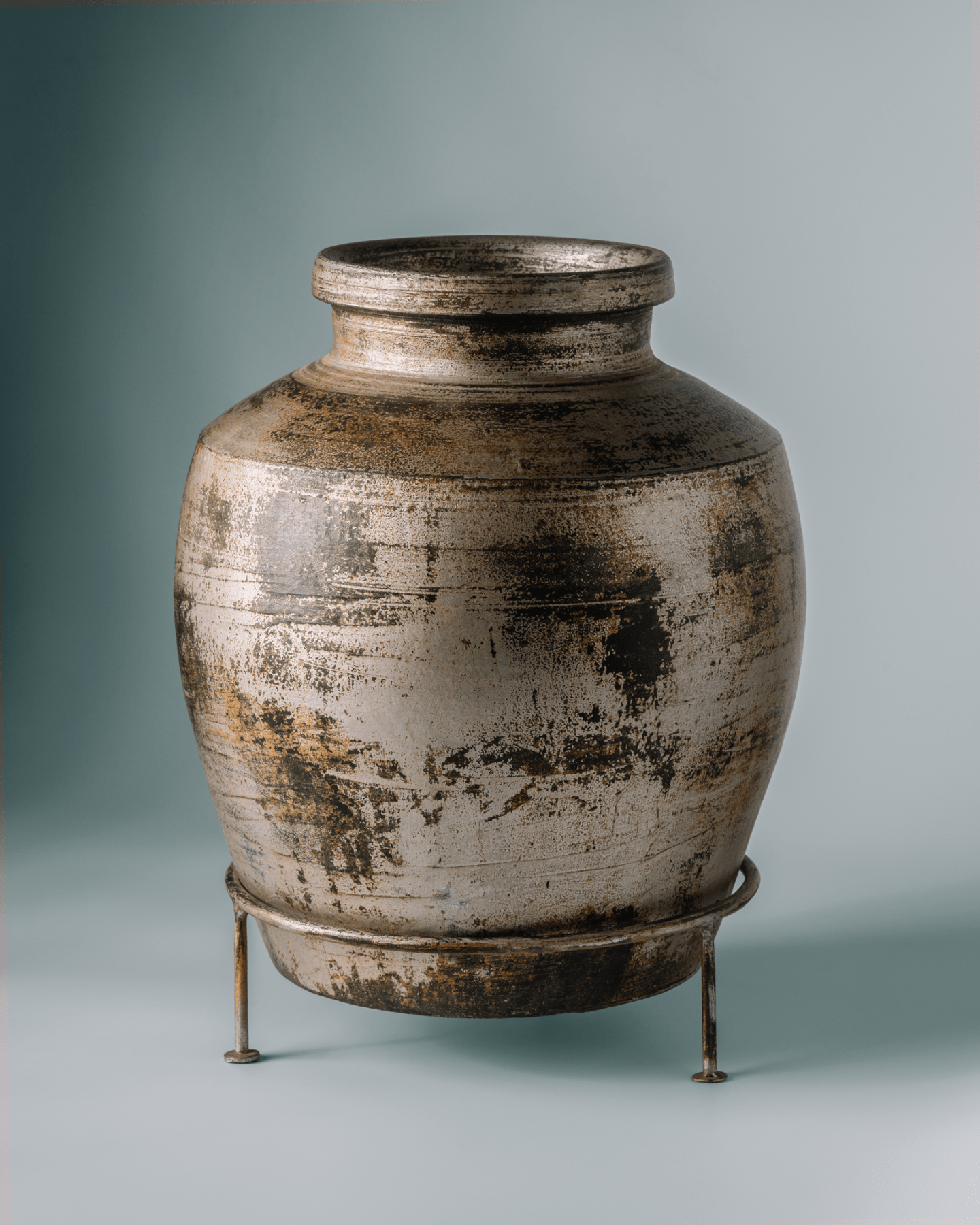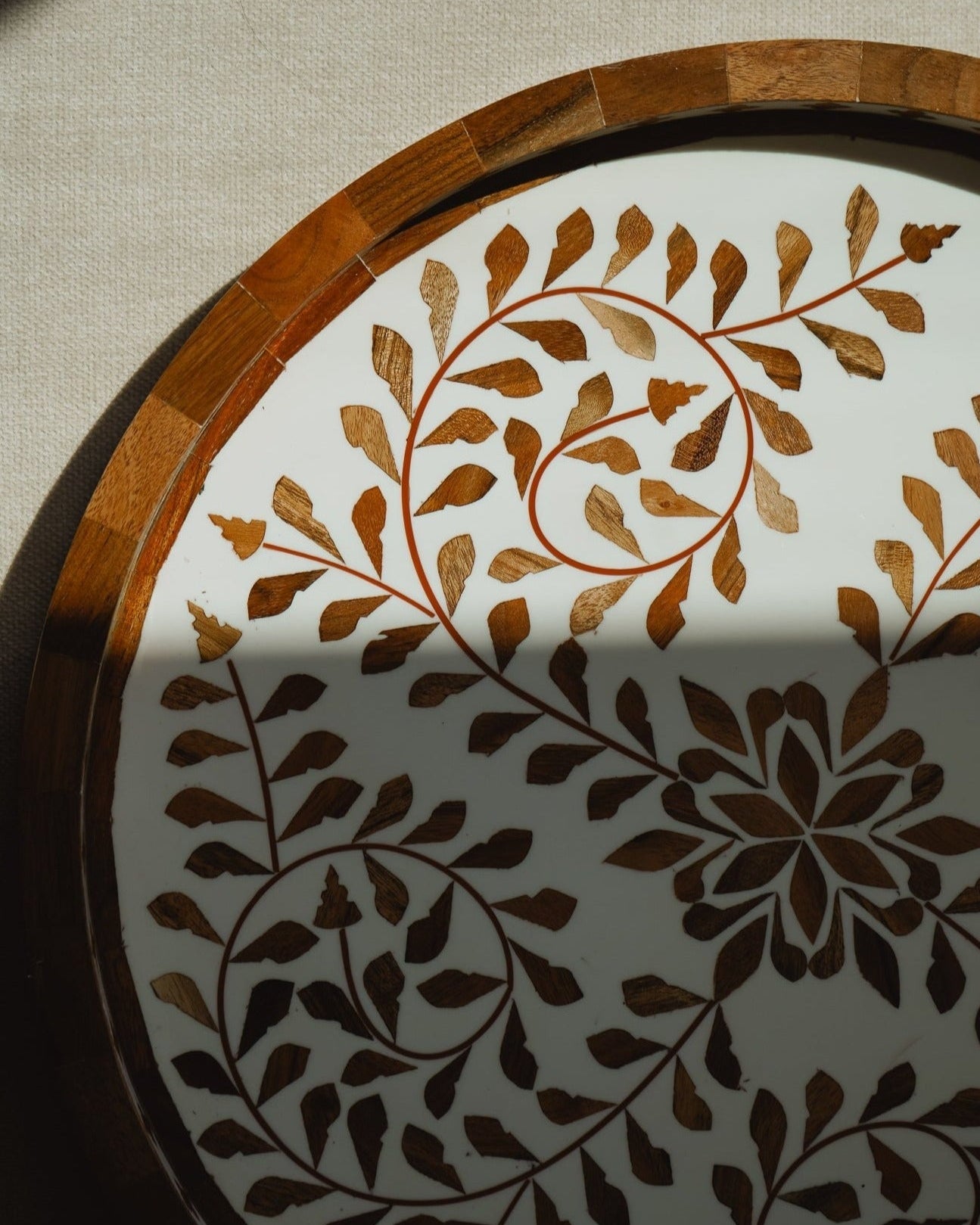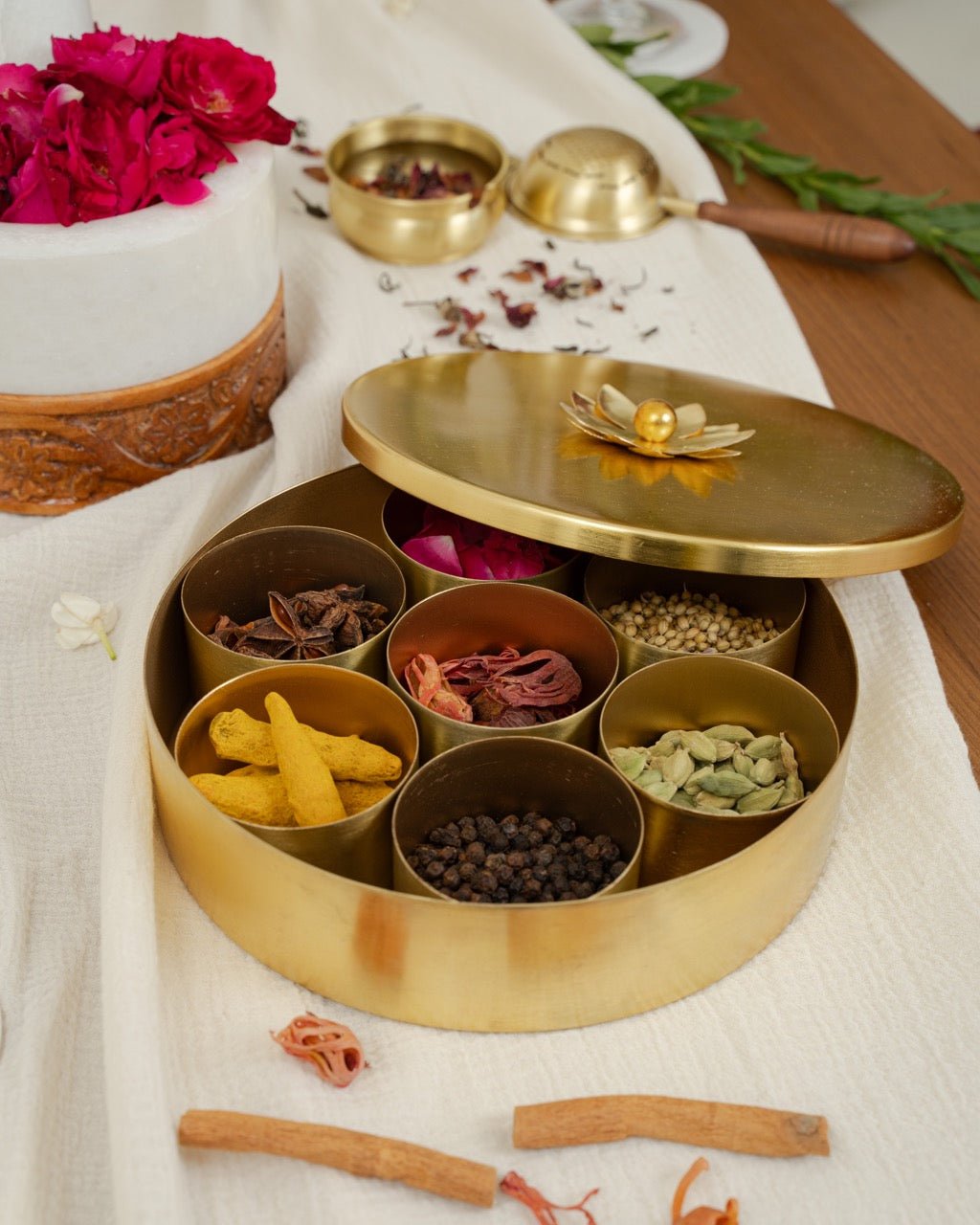Amber Arifeen is a Brooklyn-based Pakistani-American writer, visual artist, and educator. Her practice combines archive, history, and personal narrative to create political and community-engaged collaborations centered around feminist issues, South Asian female subjectivity, and socio-political narratives. Utilizing mediums such as painting, performance, sound, animation, film, and sculpture, Amber delves into themes of embodiment, power dynamics, and the lived experiences of South Asian women.
Amber's work has been recognized internationally, with solo and group exhibitions in Lahore, Karachi, Islamabad, Dubai, Paris, Berlin, London, and in Los Angeles at Rajiv Contemporary's "Now Streaming".
In 2021, Amber was invited to participate in Domus Residency, an eco-feminist residency in Southern Italy. Her dedication to her craft earned her the Nigah Art Award for best female emerging artist in 2023.
Amber holds a BA in International Development Studies from U.C. Berkeley, an MBA in Social Entrepreneurship from Lahore University of Management Sciences, and an MA in Painting from Wimbledon College of Arts. Her academic background and diverse professional experiences have enriched her practice, allowing her to engage deeply with feminist critical thought, phenomenology, and post-colonial theories. Amber has served as a guest critic at Beaconhouse National University and has worked extensively in the social development sector, working with women's international organizations in Pakistan, focusing on reproductive health and abortion services including roles with Marie Stopes International and the United Nations Development Program.
She is committed to fostering dialogue and collaboration within the artistic community, using her platform to amplify marginalized voices and challenge dominant socio-political narratives. Amber's work, grounded in her experiences in Pakistan and abroad, seeks to free the South Asian female subject from historical and contemporary constraints, offering a reimagined vision of female empowerment and liberation. Amber is currently adjunct professor at Pace University in New York.
Artist Statement
My expanded painting and performative practice draw’s on Merleau-Ponty’s philosophical notions of embodiment and Nietzsche’s concept of “eternal return” to explore the lived experience of the contemporary South Asian woman. It seeks to subvert current and historical socio-political narratives that dominate representation. My practice is driven by a desire to free the South Asian female subject.
The physical body is the ‘ground for all perception’, as knowledge is continuously constituted and reconstituted through bodily experience. Understanding the South Asian female experience as an eternal process that unfolds bodily and in relation to space, in its physical form and as a socio-political landscape informed by the region’s history and present-day context, allows me to situate the body in multiple dimensions of space and time.
In my practice, I use archival images and photographs taken from my daily life as a point of departure to document, deconstruct, and subvert my own subjective experience, at times birthing a performance or leading to paintings that reconstruct experience as a reimagined memory or fantasy. In painting, photographs taken by me are often used to revisit a particular visceral experience. Playing with color and composition pushes the boundaries of that experience into fantasy, while layering of transferred archival images situates it in the real-world, pointing to the inherent inescapability of my reality.
This latest series of paintings, “Gaia”, meaning Goddess of the universe, was born out of an unrealized performance project. While visiting the coast of Balochistan in Pakistan, I was confronted by a power that forced me to bow down to my powerless position as a woman and civilian. Borrowing from Laura Aguilar’s performance, Nature Self-Portrait, I had sought out Kund Malir’s rocky seascape to find some inspiration and connect with my feminine power. But I was quickly reminded that access to nature and space was not a right but a privilege and that my voice was worth silencing unless it spoke with some semblance of masculine – dominant - privileged power. Fortunate that day, I emerged unharmed by virtue of speaking English and leveraging my class privilege. There is no way to know how many women have been unable to walk away like this.
Over the years, I have built a database of historical news clippings and archival images from library collections and online resources and collected cut outs of current news reports from physical newspapers. Through this archive I have attempted to trace a visual historiography of the South Asian woman by identifying three female figures who lived at three different moments in time, Maha Laqa Bai - a highly regarded Nautch dancer, courtesan, and political strategist from Hyderabad in the 1800’s during British colonization, Sara Shaghufta - a feminist poet in the 1980’s who created work during the military dictatorship of Zia ul Haq and was ostracized by her male peers because of her progressive ideas and lifestyle, leading to an isolated life that was followed by suicide at the age of 29, and Qandeel Baloch, a social media star who was murdered in 2016 by her brother in the name of honor. In researching these women, I have also had to peer into the historical contexts of their time, diving into the history the Nautch and the role of British colonialism in sexualizing and exoticizing women and dance, leading up to the sexualization of women in Bollywood, the ramifications of partition and excessive powers claimed by the army with the support and intervention of the United States, the subsequent Islamization under Zia ul Haq and curtailment of female rights, and the impact of this history on the rise in religious and state conservatism and surge in rape and sexual harassment cases in the country.
On that day, for a moment, when I was unsure of the power of my own voice, I saw my body as a thing to be feared and the fear of death was no longer a fear but reimagined as a longing and fantasy for freedom. In Gaia, I look at the direct relationship between post-colonialism, power, those who wield power, and the freedom of the female subject. Images from the archive have been subtly transferred onto the form in the compositions. Barely noticeable, they point to the hidden histories, silenced voices, and undercurrents of power that continue to shape and inform the female subject and her ability to move freely in the world. Color and composition momentarily free her from that reality.
Gaia’ was developed while living independently in the mountains of Hunza Valley in the northern areas of the Karakoram range in Pakistan. Taking refuge in nature gave Arifeen the time and space to escape the chaotic realities of being a woman in the world. A safe haven and a portal into a free dimension, these paintings allowed the artist to express her deepest desires for a free environment and a free body.
Amber Arifeen's art practice is deeply rooted in the formal exploration of environmental spaces. Her earlier works, which focused on interior spaces and architectural facades, are now transitioning towards landscapes and symbolism. The surge of recollections has led the artist to forge emotive connections, moving from externalised realisations to introspective reflections on the experience of womanhood. Building on her solo traveller past, she galvanizes the confrontational nature of female autonomy against societal pressures to restrict women. The visual commentary is performative, using her body as a symbolic intervention, accompanied by news clippings on violence against females. The artist enters the painting scene, remaining in the foreground, declaring her feminist manifesto as a portrait of resilience and female endurance.
Arifeen's artistic approach extends beyond conventional boundaries, incorporating vivid and imaginative colours into a unique, deeply personal palette. In her earlier uninhabited landscape paintings, one could sense the world through the artist's eyes. A transformative shift is evident in her recent work, inviting viewers to witness her presence within vibrant realms. The rich and evocative colours create a distinctive and intimate lens, mirroring the artist's singular perspective. No longer a distant observer, Arifeen beckons the audience to enter her world, not just to observe but to become companions, echoing the immersive nature of the Tarot. In this evolution, Arifeen becomes a guide, encouraging viewers to fully immerse themselves in the environment she has crafted.
The use of her body as a performative element takes on new significance. Coupled with symbolic interventions like news clippings portraying violence against women, her art becomes a profound commentary aligning with the Tarot's capacity to weave narrative, life philosophy, and environmental context. It transcends visual representation, delving into a realm where art is a powerful exploration of life's circumstances, emotions, and the philosophical journey undertaken by both artist and viewer.
In Arifeen's works, the female form emerges as a powerful presence, transcending traditional portrayals. Her interaction with nature becomes a profound experience, akin to witnessing the world at its moment of creation. In this realm, serenity prevails, untouched by the harsh realities of violence and societal structures. The female figure symbolises unbridled freedom, shedding societal identifiers, even clothing, to embrace her true self amidst a wild and untamed landscape.
Arifeen's artistic exploration manifests through dynamic poses, each a testament to the uninhibited joy of life. From reaching out to pluck fruit from trees to resting by the riverbank, dipping her feet into the water, and exploring forests alone at night, these scenes narrate fearless exploration and a rejection of societal conventions. Inhabiting the space becomes a testimony to the desire for a life beyond ideological constraints, a dreamlike world free from societal norms. The female form becomes a manifestation of the Earth's vitality and an active participant in the interconnected rhythms of nature.
While the world she creates is dreamy and vast, the colours chosen carry an ominous undertone. A palpable sense of danger and calamity pervades the environment, yet the depicted body remains calm and resilient. Landscapes are delineated with heavy forms of colour, separated by bold strokes, creating a visual dichotomy. The artist's touch, evident in the detailing of fruits, mossy green pastures, and the soothing bends of the river over stones, forms pockets of serenity amid the turbulent backdrop. The Earth, in the Gaia philosophy, is seen as capable of self-regulation and healing in response to disturbances. Similarly, the depicted female figure in the midst of vibrant yet ominous landscapes may symbolise the enduring and transformative nature of the feminine spirit.
The scale of these muralistic paintings is larger than life, and the depicted body serves as a gateway between conscious and unconscious realms. It becomes a bridge, inviting viewers to enter the landscapes crafted by the artist—a refuge away from the grief and strife induced by the hostile environment the female experience often entails in our society. Through these evocative paintings, Arifeen constructs a realm that offers solace and liberation, challenging societal norms and providing a canvas for the untamed spirit of the feminine to thrive.




